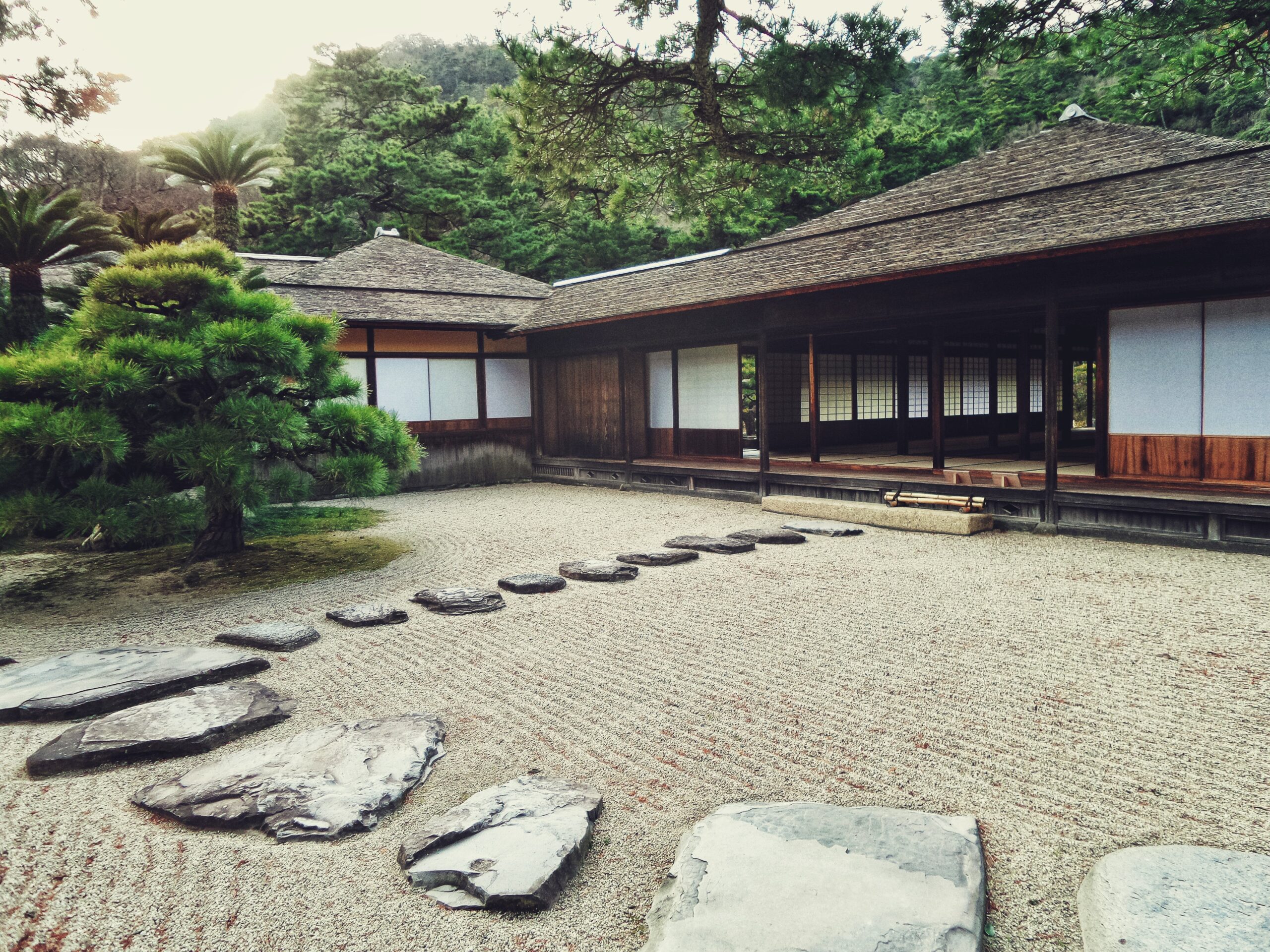The amazing, calming effect of turning It Japanese
We have always been big admirers of Japanese aesthetics as well as innovations when it comes to homes and living spaces. Theirs is an approach that never fails to impress, from their preference for organic materials and their resourceful use of spaces down to their slick and novel inventions.
Probably the entire world has expressed its amazement for Japan’s high-tech toilets. But there are other Japanese house features that are as nifty and appealing. Here, we list down some characteristics of Japanese spaces that we wish we could see more here at home.
Genkan
Any Japanese home, from traditional houses to modern, present-day apartments, have this feature. Anybody who’s anybody—whether you’re a house guest or the homeowner—is required to leave their footwear at the genkan, or the entryway, and change into house slippers before entering the home.
Besides being symbolic as it is seen as a “psychological boundary between the inside of the home and the outside world,” a house’s genkan is there for a practical—and hygienic—reason. It helps in keeping your floors clean, nothing is more disgusting than seeing a trail of muddy shoe prints on your floor that you just spent half the day mopping and disinfecting.
Shoji

Shoji are the sliding panels that feature latticework and translu-
cent paper. | PHOTO: OCTAVIAN DAN VIA UNSPLASH
Shoji are the sliding panels that feature latticework and translucent paper. Also commonly found in Japanese homes, they’re an ingenious room partition because they’re lightweight, simple and they keep the interior of the house from feeling stuffy and don’t take up too much space. That also means they’re ideal for hot and humid countries like ours.
Because the screen is made of white washi paper, it diffuses sunlight into your house and helps bathe it in natural light. If you change your mind about wanting dividers in the house and want an open floor plan instead, you can easily slide the shoji aside or take them off their tracks and keep them in storage.
Zen garden

Zen gardens are not only aesthetically pleasing, they also give a peaceful vibe to a space. | PHOTO: ALEXIS MOLINA VIA PEXELS
Don’t get us wrong, we love spaces that are teeming with lush greenery, but we’re also huge fans of Japanese dry gardens or what’s more popularly referred to as Zen gardens. They’re not only aesthetically pleasing, they also give a peaceful vibe to a space. It sets the mood for lounging and relaxing, especially at home.
The minimalist landscape gives a feeling of quiet, whether it takes up a large space or a small one. Those with a black thumb don’t have to worry about the upkeep since it mostly consists of gravel, rocks, sand and wood, very few plants are needed.
Storage solutions
The Japanese probably have the niftiest and most inventive storage solutions thanks to their relatively limited living spaces. There’s the oshiire, the capacious built-in closet storage for really bulky items such as futons and beddings; the underfloor storage in kitchens, bathrooms and closets; and hidden pull-down cabinets and pull-out drawers from the most unassuming places.
We love how such creative storage solutions don’t eat up space while keeping household items and other clutter out of sight. Who doesn’t want such at home?
Natural materials and subdued colors
Japanese-style interior design values simplicity, mindfulness and functionality. There’s a preference for using natural materials like wood, bamboo and paper; earth tones or simple color schemes; and practical and intentional decor. The result is a timeless look with a calming and relaxing atmosphere.



